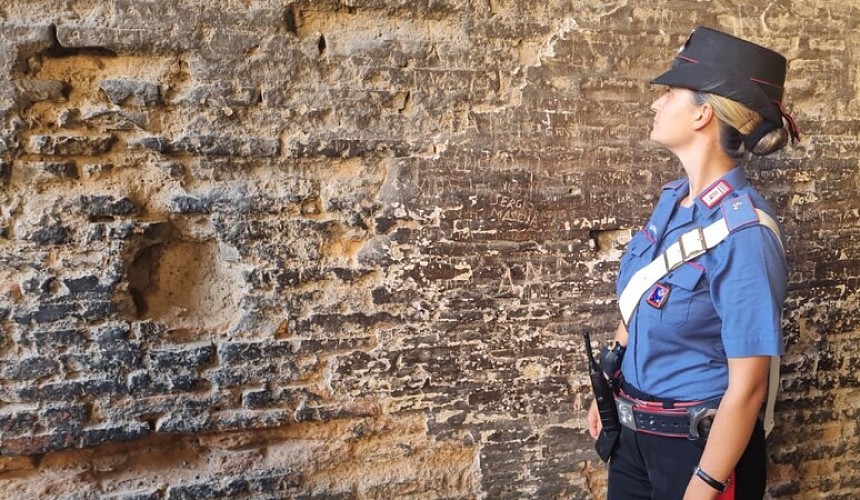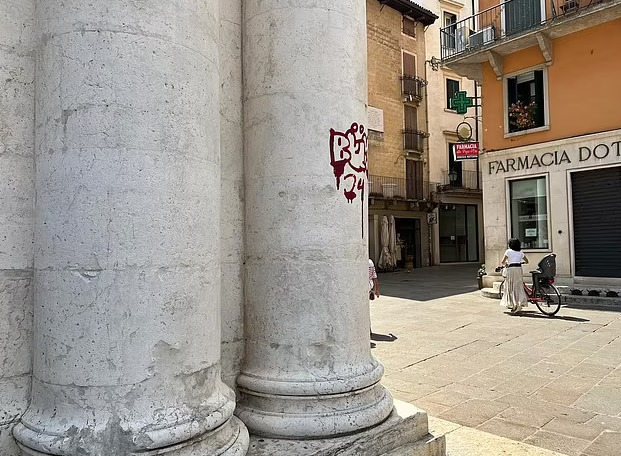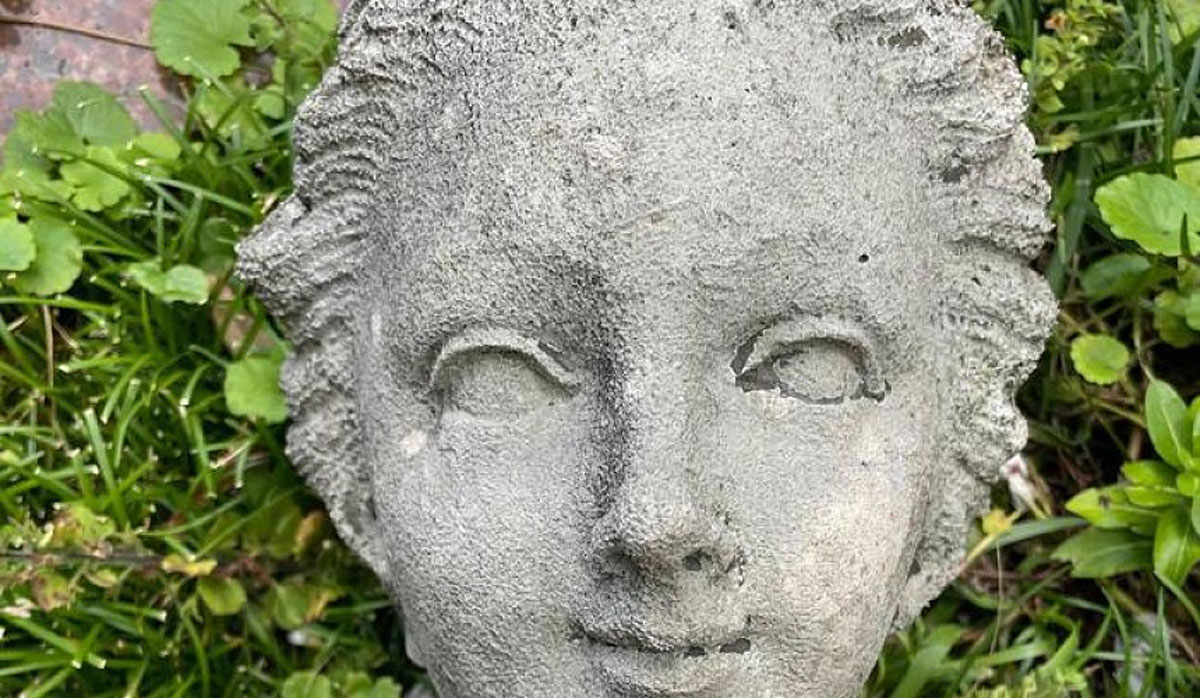Bullying tourists over the historical monuments of Italy are becoming a more and more obvious and frequent event. This season has drawn the attention of Italy’s cultural heritage as it is being vandalized. It is strange not to be surprised, given the abundance of historical monuments on every corner and the hospitality provided by the country to vacationers.
The most resonant cases happened recently. In the small town of Viju, close to the Italian-Swiss border, a German group of tourists temporarily staying in an old villa accidentally destroyed a 19th-century statue that was in a fountain. This happened during an attempt to take a joint photo. The cost of the lost statue, owned by the master Enrico Butti, is estimated at 200,000 euros. The tourists fled the scene, and the owner of the villa contacted the police.
A few weeks later, a French woman in love decided to leave her message in the famous Leaning Tower of Pisa. She scrawled a heart and the initials of her first name boyfriend using sharp bangles. The guard noticed this and the girl in love was detained. She could face heavy fines and even jail time.
Such cases have become quite common. For example, Ivan Dimitrov, a British-Bulgarian, imprinted the names of himself and his girlfriend on the wall of the Colosseum in Rome. The stance of impunity and frivolity with which he did so was caught on camera by another tourist. He apologized, expressing his ignorance about the antiquity of the Colosseum.

Similar cases were imitated by others. A guide stopped a Swiss tourist who was trying to scrawl her initials on the Colosseum, and Italian police later detained a 17-year-old German tourist for doing the same.

Even in Vicenza, in northeast Italy, two American soldiers used paint to paint a column in a 16th-century Palladian basilica.
The Italian government is taking action against vandalism, introducing significant fines of up to 30 thousand euros, as well as providing for up to 5 years in prison. However, neither financial losses nor the threat of imprisonment stops a certain group of tourists from damaging the country’s cultural heritage.

